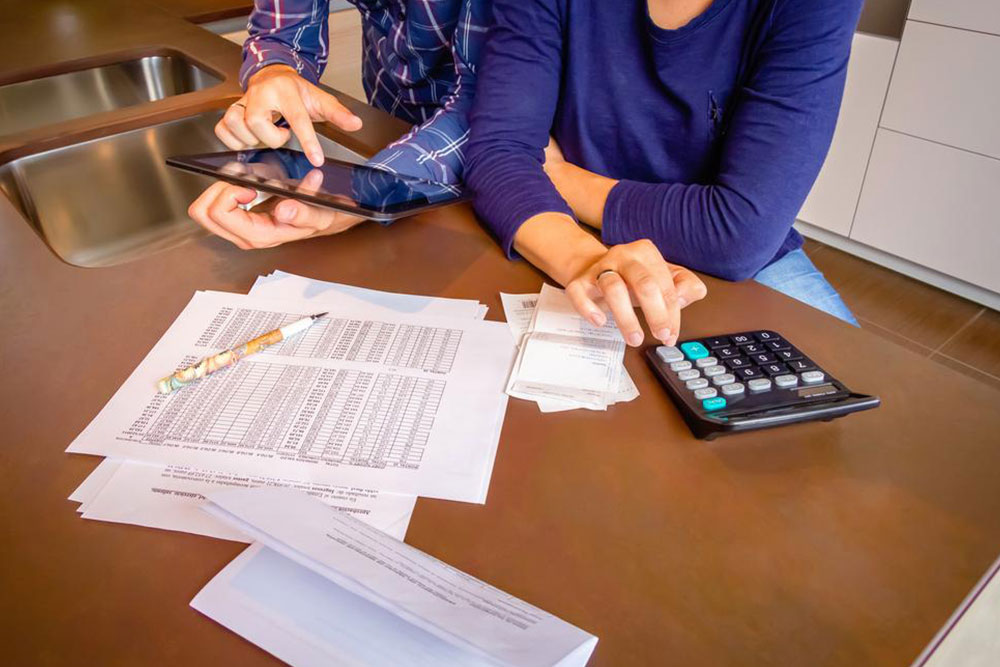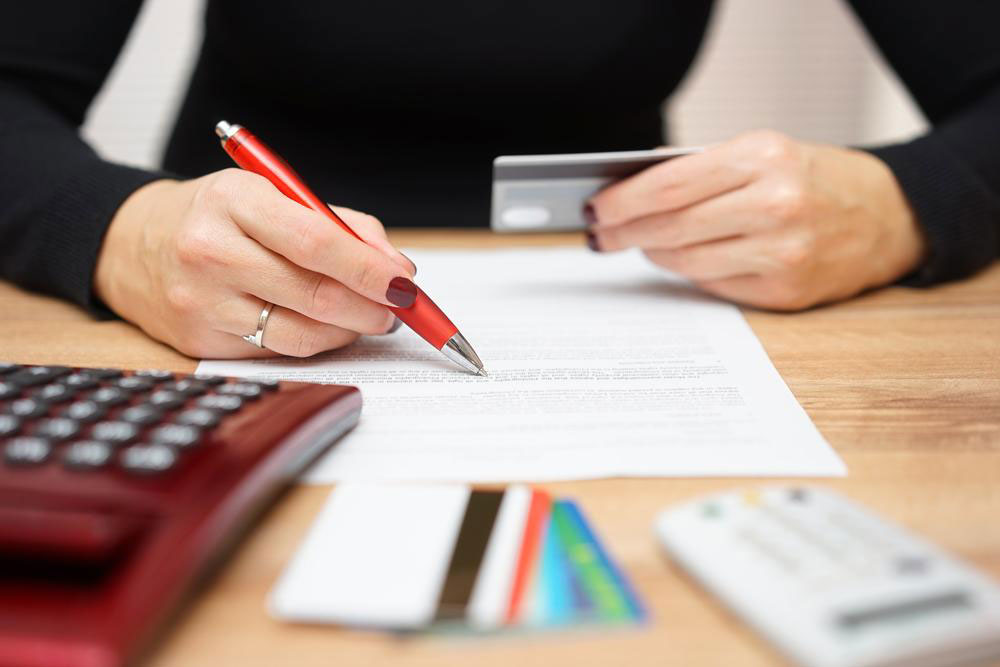Comprehensive Guide to Protecting Your Bank Accounts in the Digital Age
This comprehensive guide offers practical strategies to safeguard your banking accounts in the digital age. From strong password practices to using two-factor authentication, the article covers essential tips to prevent fraud, theft, and unauthorized access. Learn how to monitor your accounts regularly, secure your devices, and act swiftly if your account is compromised. Stay protected with recommended security measures to enjoy the convenience of digital banking without risking your financial security.

Comprehensive Guide to Protecting Your Bank Accounts in the Digital Age
In today's rapidly evolving financial landscape, digital banking has transformed how we manage our money, offering unparalleled convenience and speed. From online banking platforms to mobile payment apps, consumers can now access and control their funds with just a few taps. However, this digital revolution also introduces new security challenges that can threaten your hard-earned savings if proper precautions are not taken. As cyber threats become more sophisticated, safeguarding your banking accounts has never been more critical.
This detailed guide aims to provide essential tips and best practices to ensure your banking information remains protected from fraud, theft, and unauthorized access. By implementing these strategies, you can enjoy the benefits of digital banking while minimizing risks.
Understanding the Risks of Digital Banking
Online banking has revolutionized personal finance, but it comes with inherent risks. Hackers often target banking systems to steal sensitive financial information, leading to identity theft, account hijacking, and financial losses. Phishing scams, malware, and compromised Wi-Fi networks are common methods used by cybercriminals to infiltrate accounts. Additionally, many users inadvertently expose themselves through weak passwords or sharing personal details
Being aware of these threats is the first step toward effective account protection. Understanding the common attack vectors enables users to adopt targeted defensive measures against potential cyber threats.
Practical Strategies for Securing Your Banking Accounts
Use Strong, Unique Passwords: Create passwords that combine uppercase and lowercase letters, numbers, and special characters. Avoid common words or easily guessable information like your birthdate. Consider using a reputable password manager to generate and store complex passwords securely.
Enable Two-Factor Authentication (2FA): Most banks offer 2FA, adding an extra layer of security by requiring a secondary verification step, such as a one-time code sent to your mobile device. Always activate this feature to reduce the risk of unauthorized access.
Regularly Monitor Account Activity: Make it a habit to review your bank statements weekly. Promptly report any suspicious transactions to your bank. Many banks provide transaction alerts via email or SMS to notify you of activity in real-time.
Secure Your Devices: Ensure your computer, smartphone, or tablet has updated security patches and anti-malware software. Avoid using public Wi-Fi networks for banking activities unless you connect through a trusted Virtual Private Network (VPN).
Be Cautious with Sharing Personal Information: Never share sensitive details like social security numbers or account information over unsecured calls or emails. Verify the identity of anyone requesting such information through official channels.
Beware of Phishing Attempts: Be vigilant about unsolicited emails or messages claiming to be from your bank. Never click on suspicious links or provide personal data in response to unexpected requests. Always access your bank's website directly by typing the URL into your browser.
Set Up Account Alerts: Make use of SMS or email alerts for large or unusual transactions. These alerts provide quick notifications and can help you detect fraudulent activity early.
Keep Software Updated: Regularly update your operating system and banking apps to ensure you have the latest security features and patches against vulnerabilities.
Separate Funds for Security: Consider diversifying your savings across multiple accounts, including separate accounts with trusted family members, to reduce total exposure if one account is compromised. Avoid holding large sums solely in checking accounts, which are often more vulnerable to theft.
Additional Tips for Enhanced Security
Beyond basic precautions, there are additional measures you can take to further secure your banking experience. For instance, regularly reviewing your credit reports can help detect fraudulent activity tied to your identity. Many financial institutions also advise setting up security questions that are difficult for others to guess.
Stick to reputable banks that are FDIC insured to safeguard your deposits. Ensure your bank provides secure login procedures, like biometric authentication or security tokens, which add barriers against unauthorized access.
What To Do If Your Account Is Breached
If you suspect your bank account has been compromised, act swiftly. Contact your bank immediately to freeze or deactivate your account and prevent further losses. Change all related passwords and review recent transactions for unauthorized charges. Consider placing a fraud alert or credit freeze with credit bureaus to prevent identity theft. Reporting incidents to the authorities can also help in investigations and prevent similar occurrences.
Conclusion
Digital banking offers incredible convenience but requires vigilance to protect your financial assets. By following these comprehensive security tips, you can significantly reduce your vulnerability to cyber threats and enjoy a safe banking experience. Remember, staying informed and proactive is the key to maintaining control over your financial security in the digital age.




